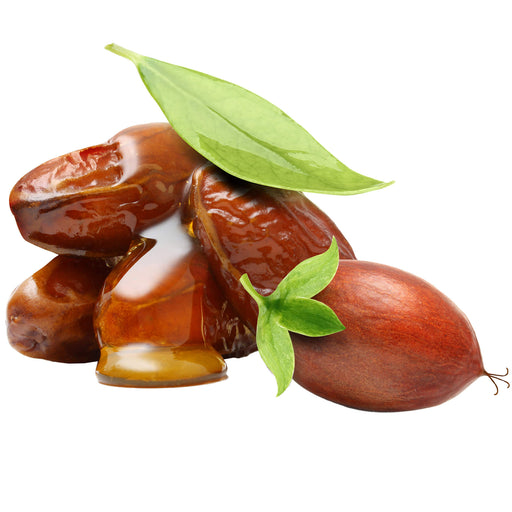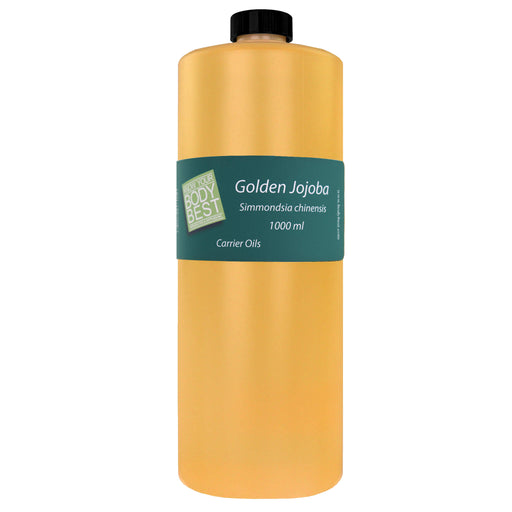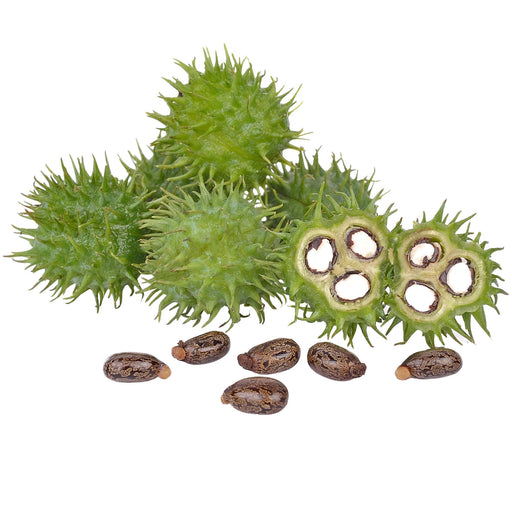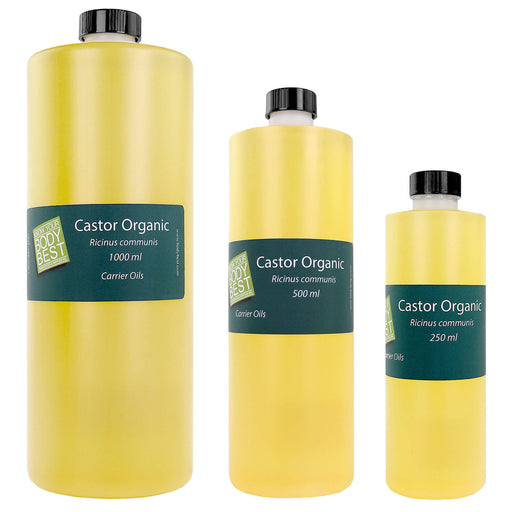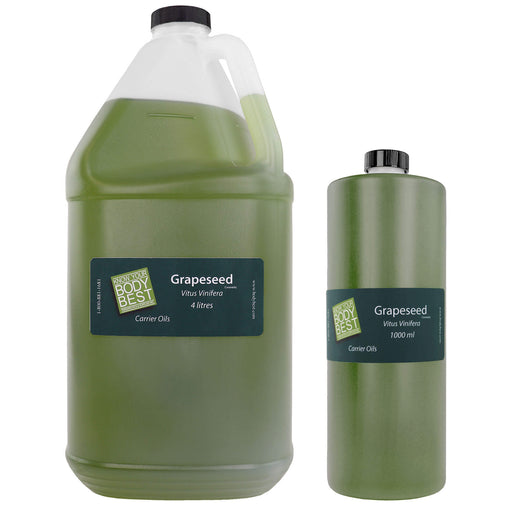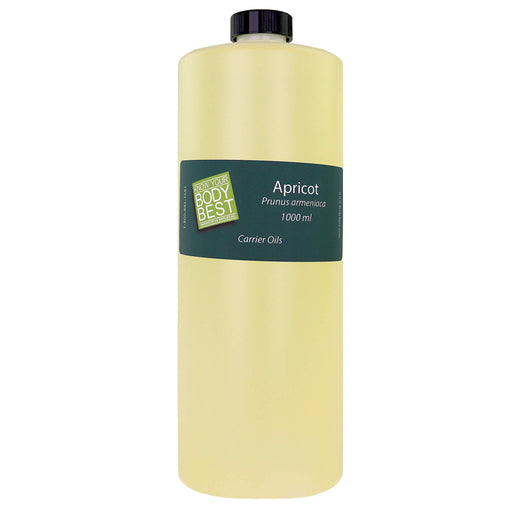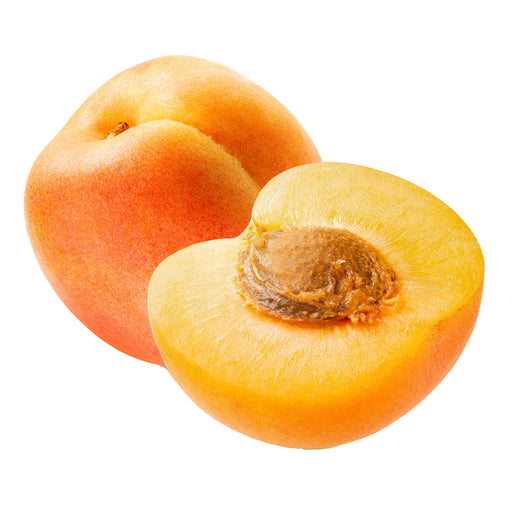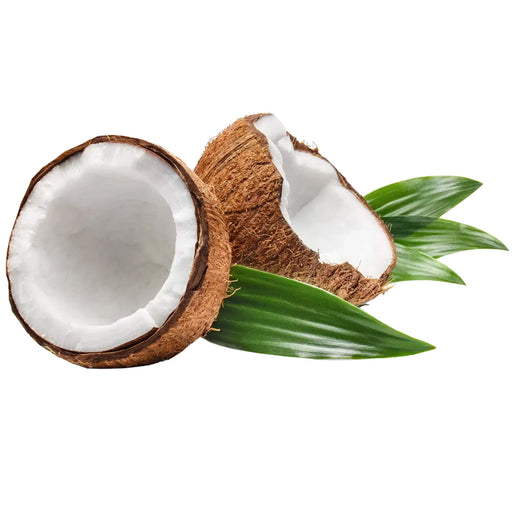over $250.00

Oils vs. Lotions for Dry Winter Skin
Should we use Lotions or Oils for Dry Winter Skin?
In cold winter conditions the air can be very, very dry. In sub-zero weather outdoors, almost all moisture freezes and cannot exist as humidity — moisture in the air. Indoors in winter, both forced air and radiant heat create extremely dry conditions as well. Any moisture available in the air evaporates or condenses on cold surfaces, hence foggy windows.
Skin exposed to these dry conditions quickly loses its own moisture, which can cause cracking in the epidermis. This can cause itching, flaking, and tightness around the joints. It can also exacerbate existing skin issues such as acne and eczema. Dry air can even affect the sinuses, causing nosebleeds for some people.
Moisturize
By trapping water, moisturizers can help dry skin. The greasy nature of body oils and body lotions help to trap existing moisture, add moisture, and fill in the cracks and crevices in the skin through which moisture can escape.
Unsurprisingly, oils of various sorts are frequently found in lotions.
Body oils act as an occlusive, which creates a physical barrier on the surface of the skin. This reduces or eliminates the loss of water through the epidermis. Unsurprisingly, oils of various sorts are frequently found in lotions. Applied to the skin, body oils also act as an emollient that softens and soothes the skin. It fills in the spaces between skin cells with lipids, producing a very pleasant therapeutic effect.
Body lotions typically combine oils with other emollient ingredients, including plant oils, extracts, and wax. Lotions also contain water, which provides a smoother glide and improved absorption into the skin. The absorption is rapid as well, so lotions often provide quick relief to irritated skin.
Most body lotions may also contain occlusive ingredients such as beeswax, butters (like shea or cocoa), silicone, and petroleum jelly.
Can oils and lotions be combined?
The short answer is, “Yes, but...” Adding products like Holly Massage Oil to a lotion can extend the product to some degree and expand its occlusive nature. Left in storage, the ingredients are likely to separate, and some oils may go rancid over time. The therapeutic claims made by each brand fly out the window when products are blended.
Rather than blend oils and lotions, it's probably a better idea to go with massage gels. They contain a significantly high water content, and they provide excellent glide for massage therapy. Biotone Advanced Therapy Massage Gel remains one of our bestselling lubricants.
Which to use in therapy?
The question of whether to apply massage oil or massage lotion during a body treatment, is largely up to personal preference, both for the therapist and client. Massage oils may work a bit better after the client has washed, and the skin is still damp. It would help to seal in that moisture and produce glowing skin. But in terms of therapeutic treatment, lotions may have a more immediate effect treating skin that is already dry or inflamed.
Featured collection
-
$0.00 - $0.00$0.00
Lowest Price per ml: $0.06
$14.99 - $59.99$14.99 - $59.99Current priceCurrent Price: $59.99
Price Per ml: $0.05
$14.99Golden Jojoba Oil
BodyBestIn stockUses and Benefits of Golden Jojoba Oil Golden Jojoba Oil is one of the best massage oils as it can be used for both scalp and body. It is deeply mo...
View full details$0.00 - $0.00$0.00Lowest Price per ml: $0.06
$14.99 - $59.99$14.99 - $59.99Current priceCurrent Price: $59.99
Price Per ml: $0.05
$14.99 -
$0.00 - $0.00$0.00
Lowest Price per ml: $0.03
$11.99 - $29.99$11.99 - $29.99Current priceCurrent Price: $11.99
Price Per ml: $0.04
$11.99Castor Oil
BodyBestIn stockUses and Benefits of Castor Oil Castor oil is a healing oil that helps soothe muscle aches. Rich in antioxidants, the oil prevents wrinkles, reliev...
View full details$0.00 - $0.00$0.00Lowest Price per ml: $0.03
$11.99 - $29.99$11.99 - $29.99Current priceCurrent Price: $11.99
Price Per ml: $0.04
$11.99 -
$0.00 - $0.00$0.00
Lowest Price per ml: $0.02
$29.99 - $99.99$29.99 - $99.99Current priceCurrent Price: $29.99
Price Per ml: $0.02
$29.99Grapeseed Oil
BodyBestOut of stockUses and Benefits of Grape seed Oil Grape seed oil has anti-inflammatory and antimicrobial properties. In addition, the oil is rich in omega chain ...
View full details$0.00 - $0.00$0.00Lowest Price per ml: $0.02
$29.99 - $99.99$29.99 - $99.99Current priceCurrent Price: $29.99
Price Per ml: $0.02
$29.99Sold out -
$0.00 - $0.00$0.00$29.99$29.99 - $29.99Current price$29.99
Apricot Oil Cold Pressed 1L
BodyBestOut of stockUltrasonic Aromatherapy Diffuser – Modern, Quiet, and Effective Enhance your space with the soothing benefits of aromatherapy using our Ultrasonic...
View full details$0.00 - $0.00$0.00$29.99$29.99 - $29.99Current price$29.99Sold out -
$0.00 - $0.00$0.00
Lowest Price per ml: $22.00
$24.99 - $109.99$24.99 - $109.99Current priceCurrent Price: $24.99
Price Per ml: $24.99
$24.99Coconut Oil Cold Pressed Unfractionated
BodyBestLow stockBenefits of Body Best Cold Pressed Unfractionated Coconut Oil Body Best Cold Pressed Virgin Coconut Oil has wonderful healing properties for your...
View full details$0.00 - $0.00$0.00Lowest Price per ml: $22.00
$24.99 - $109.99$24.99 - $109.99Current priceCurrent Price: $24.99
Price Per ml: $24.99
$24.99
